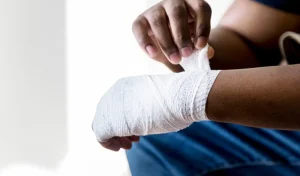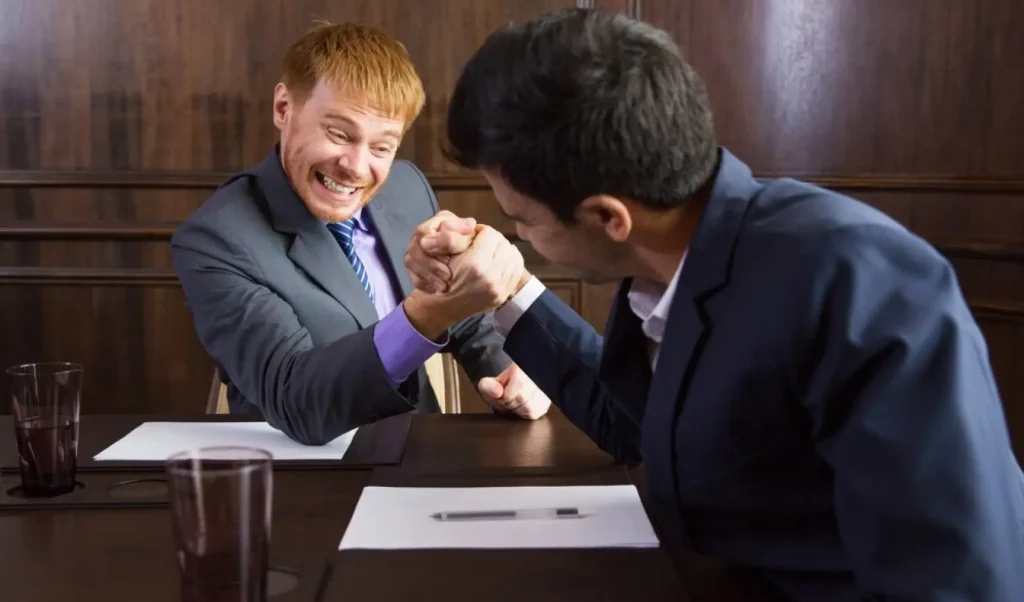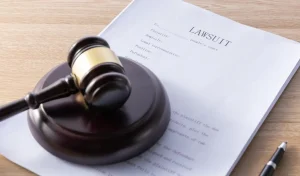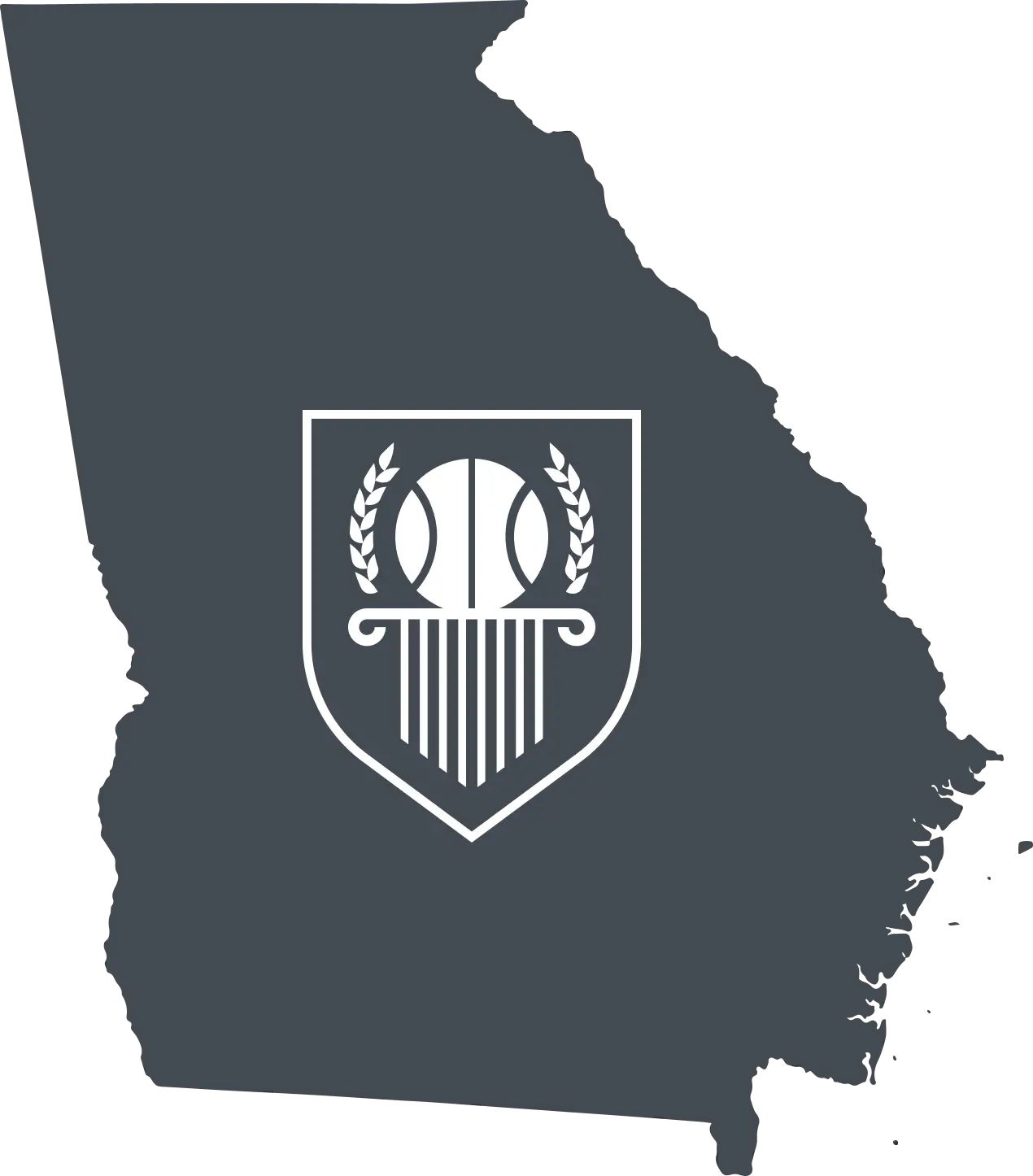
When you encounter a low settlement offer in personal injury cases, it’s crucial to approach the situation with a clear mindset. Begin by delving into the rationale behind the offer. Many factors can influence the amount presented, such as the strength of your case, the extent of evidence supporting your claim or policy limits set by the insurance company.
Understanding the Initial Offer
Understanding the reasoning behind the low settlement offer enables you to make informed decisions. Assess the strengths and weaknesses of your case objectively. Consider whether there are any gaps in evidence, areas that need strengthening, or legal complexities that may be affecting the offer. Additionally, be aware of the insurance policy limits; sometimes, the settlement offer may be constrained by these limits rather than reflecting the true value of your claim.
Strengthening Your Position
When facing a low offer, it’s crucial to be well-prepared and armed with strong evidence to make a compelling case. In case of a car accident, one key element is detailed medical reports that clearly outline the extent of your injuries. These reports can provide evidence of the physical and emotional toll the incident has taken on your well-being.
Another essential component of your counteroffer arsenal is proof of income loss. This can include employment records showing the financial impact the incident has had on your life. Demonstrating the tangible consequences on your ability to earn a living adds a powerful layer to your negotiation.
To further strengthen your case, provide documentation highlighting the broader impact of the injury on your daily life. This might include testimonies explaining how the injury has affected your ability to perform everyday tasks. A case file including medical bills, reports, and income loss proof, brings to light the true repercussions of the incident.

The Art of the Counteroffer
Responding to a low offer is not just a matter of saying ‘no’. Come back with a counteroffer that makes sense and is well-justified. Start by presenting a reasoned and higher counteroffer that takes into account the specific details of your case.
By doing so, you’re showing the other party that you’ve thought carefully about your position. You send a message that you aren’t simply rejecting their offer without cause.
To back up your counteroffer, provide solid justifications based on the particulars of your situation. This could include emphasizing the severity of your injuries and the extent of medical treatment required. The pain and suffering you’ve experienced because of the incident adds an important dimension to your case.
By highlighting these specifics, you make it clear that your counteroffer is grounded in the realities of your circumstances, making it more likely for the other party to reconsider their initial offer. Moreover, focusing on the long-term implications of your injuries adds depth to your counteroffer. Explain how the consequences of the incident will continue to impact various aspects of your life in the future.
This forward-looking approach strengthens your position and provides a compelling argument for a higher settlement. Remember that a well-justified counteroffer is more likely to lead to a fair resolution for both parties involved.

Negotiation Tactics for Success
- In negotiating, it’s important to show a willingness to compromise while standing firm on your needs.
- Finding a balance that respects both parties’ limits and expectations is key to effective negotiation.
- You might express your openness to finding a solution that works for both sides, demonstrating a cooperative attitude.
- It’s equally crucial to maintain a firm stance on your needs to ensure a fair outcome.
Legal Consultation
Consider consulting with a personal injury attorney to gain insights into the fairness of the offer. A personal injury lawyer can help you explore potential strategies for negotiating a more favorable settlement. Legal professionals understand the intricate details of personal injury law and guide you on the best course of action.
Their expertise can be instrumental in ensuring that you are making informed decisions about your personal injury case. Your attorney may employ tactics such as presenting expert opinions, or using negotiation techniques during discussions with the opposing party. This multifaceted approach can enhance your chances of reaching a fair and reasonable resolution.
Patience Pays Off
Negotiating a personal injury settlement is often a lengthy process, and it’s crucial to be patient throughout. Rushing through the negotiations may lead to accepting an offer that’s lower than what you truly deserve.
- Taking the time to assess and understand the extent of your injuries and their long-term implications is essential. Patience allows you to gather all necessary evidence and build a strong case to support your claim adequately.
- Another important aspect of patience in the negotiation process is the back-and-forth communication with the opposing party. Offers usually go back and forth as both sides try to find common ground. Staying patient during these exchanges allows you to consider each proposal and respond thoughtfully. This measured approach increases the chances of achieving a fair settlement that adequately compensates you for your losses.
- In addition to patience, employing effective tactics can enhance your negotiation strategy. For instance, maintaining open and respectful communication can foster a more cooperative atmosphere, increasing the chances of reaching a mutually beneficial agreement.
- The specifics of your case, such as lost wages and the impact of the injury on your daily life can also strengthen your position.

Statute of Limitations
Knowing the statute of limitations for personal injury claims is important for negotiating in the right time frame. This law sets a specific time limit for when you can file a legal claim after an incident. If you go beyond this timeframe, you might lose your right to seek compensation for your injuries. So, it’s essential to be aware of this deadline to make sure you settle your personal injury claim within the necessary time limits.
By understanding and keeping an eye on the statute of limitations, you give yourself the best chance to handle your personal injury claim effectively. Staying within the legal timeframe is like ensuring you’re on the right path when negotiating for a fair settlement.
It helps you avoid potential complications that may arise if you miss the deadline, making the settlement negotiation process smoother and more likely to end with a resolution that compensates you appropriately for your personal injury ordeal.
Proudly Serving Duluth and All of Georgia Contact us to start your recovery! Explore Our Practice Areas

News
On Monday around 11:00 a.m., an accident involving a large truck sliding on the road led to the temporary closure of the Duluth-bound lane of the Bong Bridge. The incident was reported on the Superior Police Department’s Facebook page, advising drivers to use the Blatnik Bridge as an alternative route from Superior to Duluth. The situation was resolved, and the bridge reopened to traffic by 1:30 p.m., as confirmed by MnDOT’s camera footage of the scene.

The Final Decision: Acceptance or Further Action
After careful consideration and negotiating with the other party, if the offer meets your needs and is fair, it’s time to consider accepting it. However, if the offer falls short of what you believe is reasonable, exploring alternative dispute resolution methods, such as mediation or arbitration, might be the next step.
These methods involve a neutral third party helping both sides reach a resolution outside the courtroom. They can provide an opportunity to bridge the gap and find a compromise that better satisfies your requirements.
In conclusion, responding to a low settlement offer requires a combination of patience, evidence-based reasoning, and strategic negotiation. By following these guidelines, you’re better positioned to navigate the negotiation process effectively and achieve a settlement that truly compensates for the challenges you’ve faced as a result of your personal injury.
Whether it’s accepting a fair offer or exploring alternative dispute resolution, the goal is to reach a resolution that acknowledges the impact of your injuries and provides the compensation you deserve.
Call or text 404-951-3513 or complete a Free Case Evaluation form













